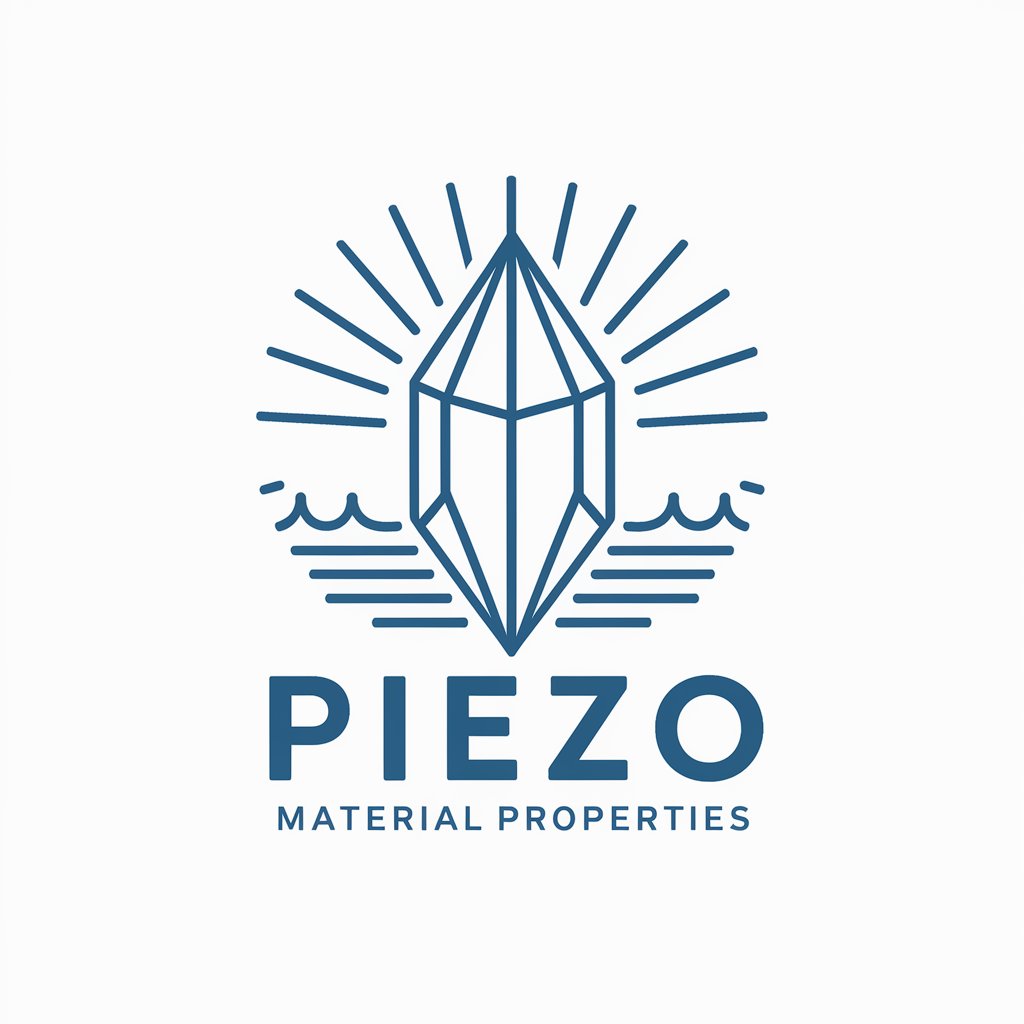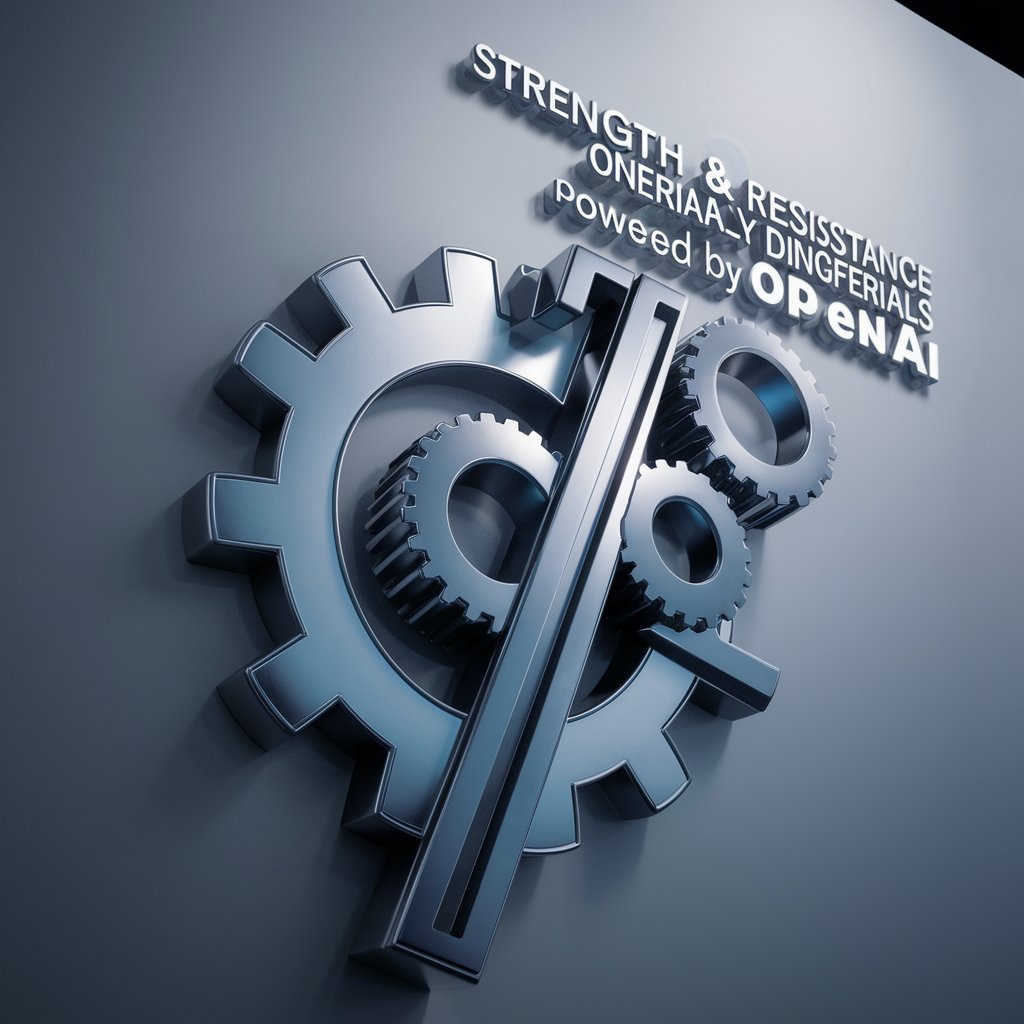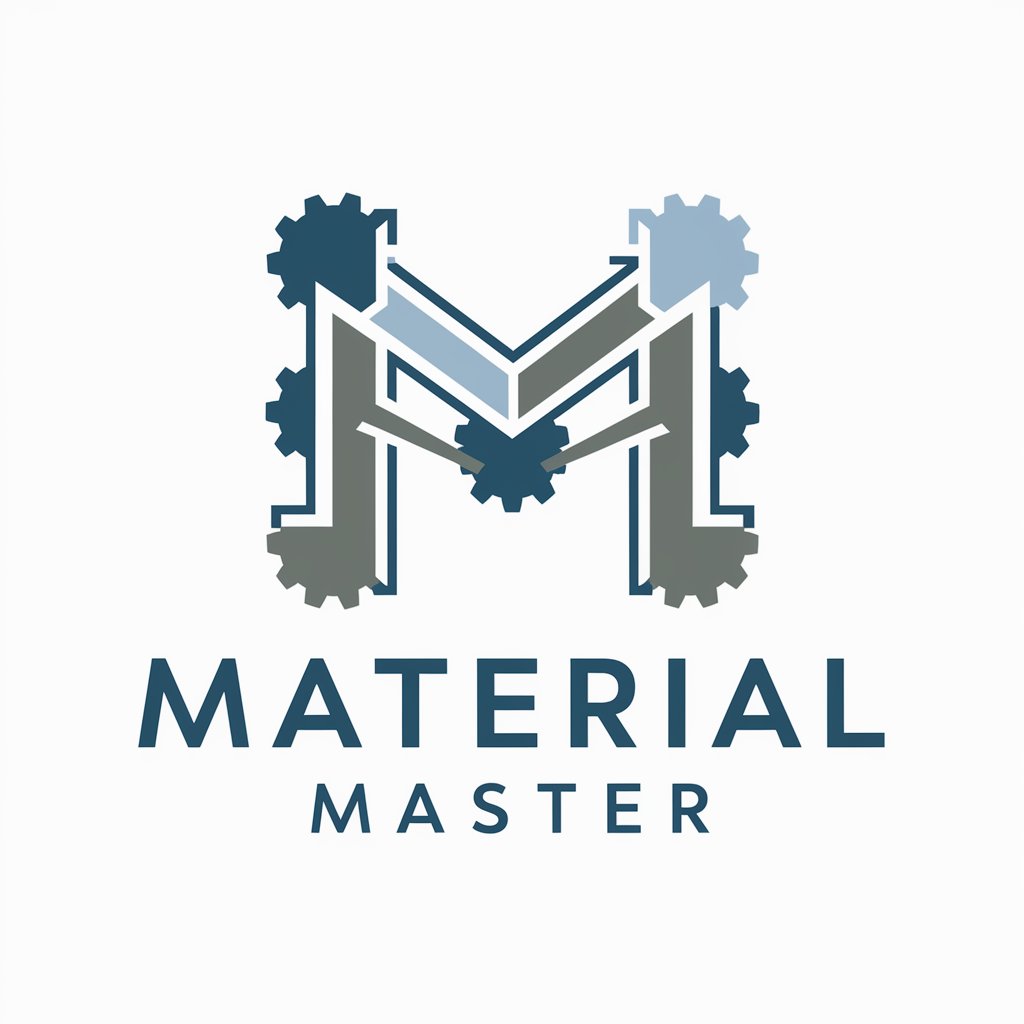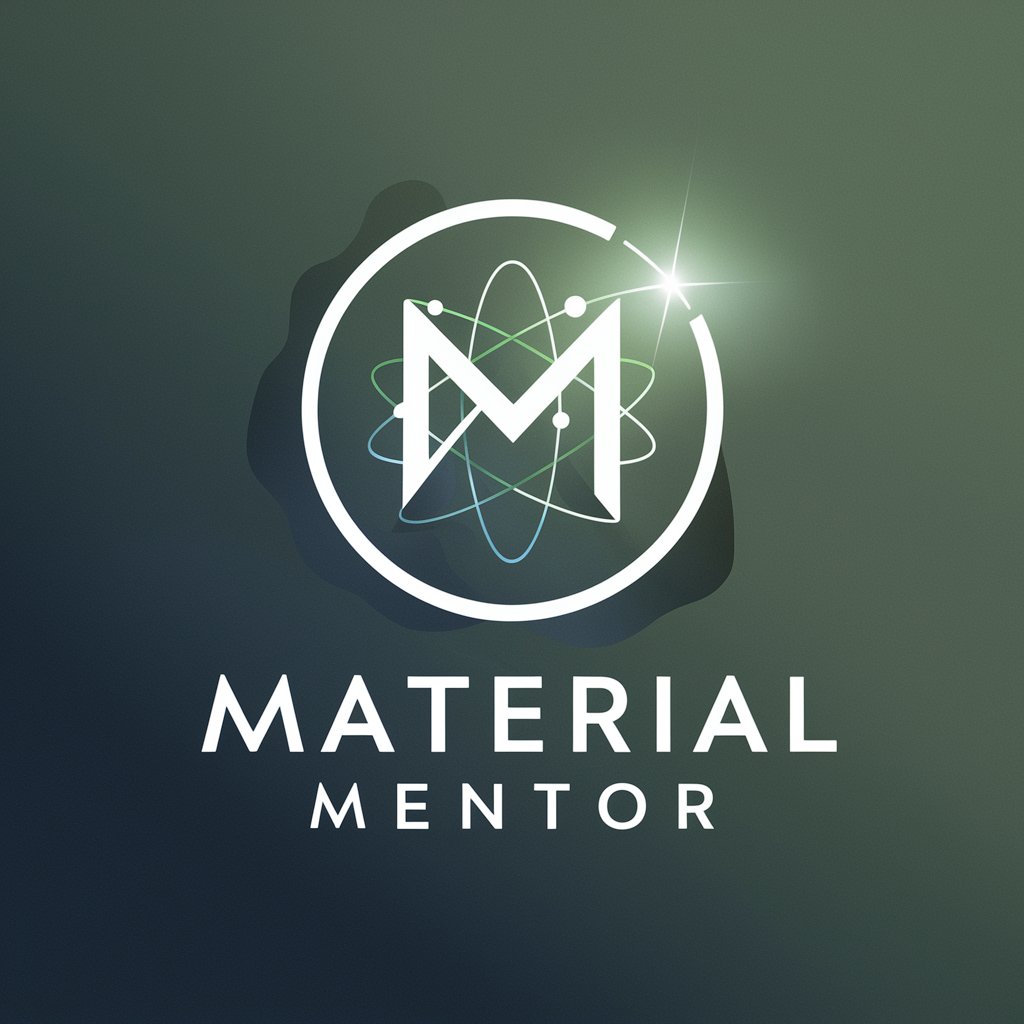
Piezo Material Properties - Piezo Property Lookup

Welcome to Piezo Material Properties!
Discovering piezoelectric potential, powered by AI.
Can you provide detailed properties of PMN-PT single crystals?
What are the key characteristics of soft PZT ceramics?
How does the dielectric constant influence piezoelectric performance?
Compare the mechanical quality factor of PZT5A and PZT5J materials.
Get Embed Code
Overview of Piezo Material Properties
Piezo Material Properties is designed to provide detailed information on the properties of piezoelectric materials. These materials have the unique ability to convert mechanical energy into electrical energy and vice versa, making them invaluable in a wide range of applications. By leveraging the data from detailed documentations, this service aims to assist in selecting the appropriate piezoelectric materials for specific applications by offering insights into various properties such as dielectric constant, piezoelectric coefficients, density, Curie point, and more. For instance, in designing a medical ultrasound transducer, understanding the piezoelectric coefficient (d33) and dielectric constant of a material can significantly impact the device's sensitivity and resolution. Powered by ChatGPT-4o。

Key Functions of Piezo Material Properties
Property Analysis
Example
Determining the piezoelectric coefficient (d33) for high-resolution ultrasound imaging.
Scenario
A medical device manufacturer is designing an ultrasound imaging array. By analyzing the d33 value, they can select a material that ensures optimal sensitivity and imaging quality, crucial for accurate diagnostics.
Material Selection Guidance
Example
Choosing materials with the right Curie temperature for high-temperature sensors.
Scenario
An automotive company is developing high-temperature sensors for engine monitoring. Understanding the Curie point of different piezoelectric materials allows them to select one that maintains its piezoelectric properties at the operating temperatures encountered within an engine.
Design Optimization
Example
Optimizing the electromechanical coupling coefficient (k33) for efficient energy harvesting devices.
Scenario
A clean tech startup is creating energy harvesting devices to convert mechanical vibrations into electrical energy. The right selection of materials with high k33 values maximizes energy conversion efficiency, making the devices more effective in capturing ambient energy.
Ideal Users of Piezo Material Properties
Researchers & Academics
Individuals in academia and research institutions focusing on material science, especially piezoelectric materials. They benefit from detailed material properties to advance their research projects, develop new materials, or improve existing ones for various applications.
Product Developers & Engineers
Professionals involved in the development of products that utilize piezoelectric materials, such as medical devices, sensors, actuators, and energy harvesting systems. Access to comprehensive piezoelectric material properties aids in the design process, ensuring optimal performance and efficiency.
Industry Manufacturers
Manufacturers in sectors like automotive, consumer electronics, and healthcare that use piezoelectric materials in their products. They require detailed material properties to select the right materials that meet the specific needs of their applications while maximizing production yield and minimizing costs.

Using Piezo Material Properties
1
Start by accessing the tool for an immediate, no-sign-up required trial at yeschat.ai, enabling exploration without the need for ChatGPT Plus.
2
Identify the specific piezoelectric material properties you're interested in, such as dielectric constant, piezoelectric coefficients, or Curie temperature.
3
Utilize the search feature to locate information on the piezoelectric material of interest from the extensive database available.
4
Apply the provided data in your project or research, whether it's for academic purposes, industrial application design, or innovation in material science.
5
For optimized usage, consider how the material properties influence the performance of your application and adjust your selection criteria accordingly.
Try other advanced and practical GPTs
Feeling Lonely?
Your AI-powered empathetic friend

Paper GPT
Unlock Scientific Knowledge with AI

Truth Analyst
Empowering Informed Decisions with AI

英语口语老师
AI-Powered English Conversation Tutor

Fine-Tuning Mentor
Empowering AI with Custom Precision

AI CMO
Empowering Your Marketing with AI

Big Idea Brainstormer
Empowering Innovation with AI

SuperBowl Odds
Bet smarter with AI-powered SuperBowl Odds

NutriGuide Expert
Tailored dietary guidance at your fingertips.

Career Guesser
Unlock your potential career path with AI imagination.

Recovery Advisor for Addicts
Navigating Recovery with AI-Powered Biblical Wisdom

Text File Transformer
Elevate Your Documents with AI

Q&A on Piezo Material Properties
What are piezoelectric materials?
Piezoelectric materials are substances that generate an electric charge in response to applied mechanical stress. They are used in a variety of sensors, actuators, and transducer applications.
How can I compare different piezoelectric materials?
To compare, look at key properties like dielectric constant, piezoelectric coefficients, density, Curie point, and electromechanical coupling factors. These parameters influence the efficiency and suitability of the material for specific applications.
What applications benefit most from high dielectric constant piezo materials?
Materials with a high dielectric constant are ideal for capacitors, energy storage applications, and some sensor types, where a large electric response is desirable for a given mechanical input.
Can Piezo Material Properties help in designing ultrasound transducers?
Yes, it provides critical data such as piezoelectric coefficients and dielectric constants, essential for designing efficient ultrasound transducers for medical imaging and industrial flaw detection.
How does the Curie temperature affect piezoelectric material usage?
The Curie temperature is the point above which piezoelectric materials lose their piezoelectric properties. It's crucial for selecting materials that will operate effectively within the desired temperature range of an application.





